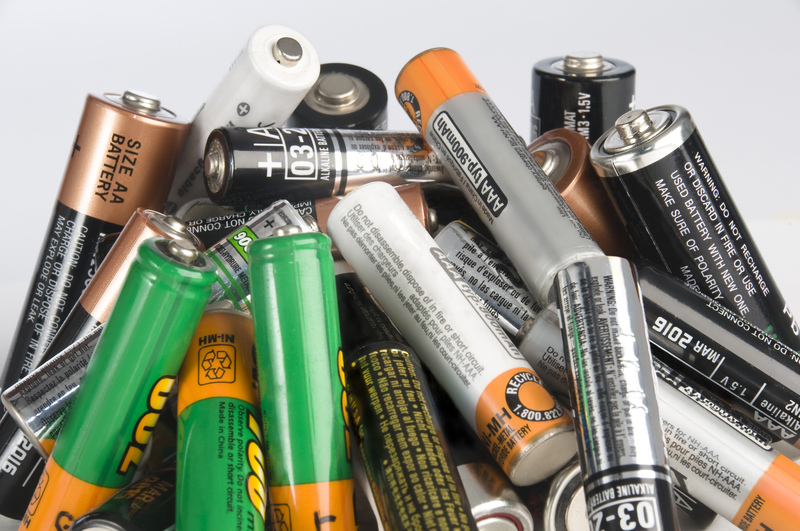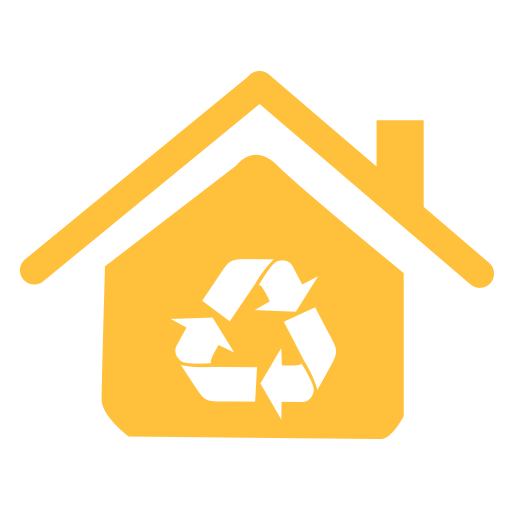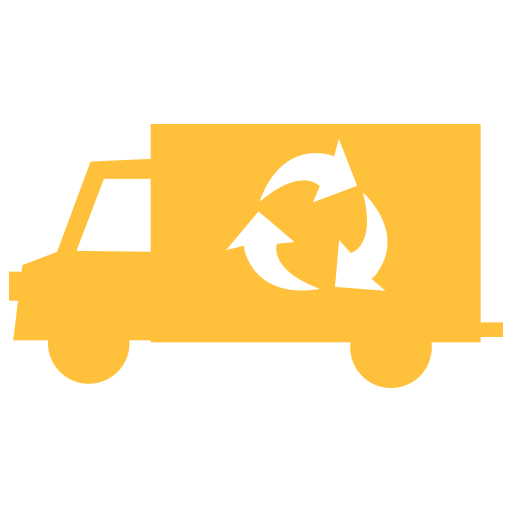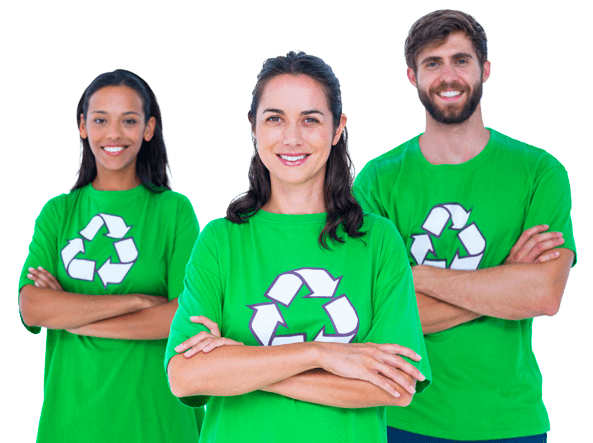Understanding Plastics: Choosing Wisely What to Avoid
Posted on 08/09/2025
Understanding Plastics: Choosing Wisely What to Avoid
Every day, we are surrounded by plastics - in packaging, household products, clothing, and even food containers. Yet, not all plastics are created equal. With growing concerns about health and the environment, it has never been more crucial to understand different types of plastics and make informed choices. Read on for an in-depth guide to understanding plastics and making wise decisions about which plastics to avoid.
What Are Plastics?
Plastics are synthetic materials made from polymers - large molecules composed of repeated subunits. These versatile compounds are engineered to have a wide variety of properties, making them suitable for countless applications, from lightweight packaging to durable car parts.
Despite their convenience, plastics can pose health and environmental hazards. Proper understanding of plastics, particularly the different types and their associated risks, empowers us to make safer, more responsible choices in our daily lives.

The Main Types of Plastics: Resin Identification Codes
Plastics are often classified by the Resin Identification Code (RIC): those familiar triangles with numbers (1-7) found on many plastic products. Each code identifies the type of plastic resin used, its properties, and recyclability.
- 1 - PET or PETE (Polyethylene Terephthalate): Widely used for water bottles and food packaging.
- 2 - HDPE (High-Density Polyethylene): Used for milk jugs, shampoo bottles, and grocery bags.
- 3 - PVC (Polyvinyl Chloride): Found in pipe, vinyl flooring, and some food wraps.
- 4 - LDPE (Low-Density Polyethylene): Used for plastic bags, bread bags, and some wraps.
- 5 - PP (Polypropylene): Used for yogurt containers, straws, and medicine bottles.
- 6 - PS (Polystyrene): Found in disposable cups, plates, takeout containers, and packing materials.
- 7 - Other (Miscellaneous Plastics): Includes polycarbonate, acrylics, and other plastic blends.
Understanding plastic types and their corresponding codes is foundational for making informed decisions about which plastics to use and which to avoid.
Why Should We Be Concerned About Plastics?
Health Risks
Many plastics contain additives or release chemicals, especially when heated or exposed to sunlight, which can leach into food, water, and the environment. Certain chemicals like BPA (Bisphenol A) and phthalates are known to disrupt hormones and may be linked to various health issues, including reproductive problems and cancer.
Environmental Impact
The majority of plastics are produced from fossil fuels, contributing to greenhouse gas emissions. Plastics are notoriously slow to degrade, often persisting for hundreds of years in landfills or breaking into microplastics that contaminate water and soil, harming wildlife and potentially entering the human food chain.
Plastics to Avoid: What Science Says
Not all plastics pose equal risk. Here's a breakdown of commonly used plastics and which are considered most concerning:
1. Polyvinyl Chloride (PVC - Code 3)
PVC is known as the "poison plastic" due to its high chlorine content and the use of hazardous additives like phthalates and heavy metals. PVC can leach harmful chemicals, especially when heated or exposed to sunlight.
- Used in: Shower curtains, pipes, garden hoses, toys, vinyl flooring, cling wraps.
- Dangers: Can release dioxins and other toxic substances, linked to developmental issues and cancer.
Recommendation: Avoid whenever possible, especially in products that contact food or children's toys.
2. Polystyrene (PS - Code 6)
Polystyrene - commonly known as styrofoam - is used in food service items and packaging. It easily breaks into microplastics and can leach styrene, a possible human carcinogen.
- Used in: Disposable cups, takeout containers, packing peanuts, egg cartons.
- Dangers: Styrene exposure may impact the nervous system and cause other long-term health risks. Not easily recyclable.
Recommendation: Avoid single-use polystyrene products and opt for safer, reusable alternatives.
3. Polycarbonate and "Other" Plastics (Code 7)
"Other" plastics is a broad category that includes polycarbonate (PC), often used in hard, clear plastics like water bottles, baby bottles, and food containers. Many products in this category contain or may leach BPA, a hormone disruptor.
- Used in: Sports bottles, food storage containers, some baby bottles, eyewear lenses, electronics casings.
- Dangers: BPA and other chemicals may leach into food and drinks, particularly when heated or old. Linked to hormonal disruptions.
Recommendation: Avoid plastic products marked "PC," "7," or not specifically labeled "BPA-free."
4. Low-Grade #1 PET/PETE (When Reused or Heated)
PET or PETE is commonly used for single-use water bottles and food packaging. While generally considered safe for one-time use, concerns arise when these containers are reused multiple times or exposed to heat, as they can leach chemicals like antimony.
- Used in: Soft drink bottles, salad dressing bottles, food containers.
- Dangers: Leaching of chemicals when reused or heated; not intended for extended or repeated use.
Recommendation: Use once and recycle properly. Do not reuse or heat PET containers.
Safer Plastics: Better Choices
Understanding plastics means knowing not just what to avoid, but which options are generally considered safer for you and the environment. Safer options include:
- HDPE (#2): High-Density Polyethylene - Used for milk jugs, detergent bottles. Durable, less likely to leach, widely recycled.
- LDPE (#4): Low-Density Polyethylene - Used for bread bags, produce bags. Generally safer but often not recycled curbside.
- PP (#5): Polypropylene - Used for yogurt containers, food storage, straws. Resistant to heat, rarely leaches chemicals.
Even with safer plastics, choose reusable and recyclable products wherever possible and avoid prolonged exposure to heat.
How to Identify Plastics to Avoid
When scanning your home or shopping for products, look for the plastic identification codes (usually stamped on the bottom). A good rule of thumb is:
- Avoid codes #3 (PVC), #6 (PS), and #7 (Other/PC) unless specifically labeled BPA-free or bio-based.
- For food and drink, choose items marked #1 (PET) for one-time use, or #2, #4, and #5 for reusable items, and always avoid heating plastics not designed for it.
Tips for Reducing Your Exposure to Harmful Plastics
- Switch to glass, stainless steel, or ceramic for food and drink storage.
- Read labels for "BPA-free" or "phthalate-free" designations, but remember that alternatives are not always proven safer.
- Avoid microwaving food in plastic containers, unless specifically labeled microwave-safe.
- Never reuse single-use plastics, especially for hot or acidic foods and drinks.
- Choose fresh or frozen foods over canned; cans are often lined with BPA-containing plastics.
- Support companies and products with clear commitment to reducing plastic usage and using safer materials.
- Opt for reusable shopping bags, water bottles, and containers.
- Stay informed and share knowledge within your community for wider impact.
Common Myths About Plastics Debunked
- "All plastics are equally harmful": Some plastics are much safer than others. Learn the types and reduce use of higher-risk plastics.
- "Microwave-safe means chemical-safe": While such products resist melting, they may still leach chemicals.
- "BPA-free means safe": Some BPA-free plastics use similar chemicals like BPS or BPF; research is ongoing.
- "Recycling solves the plastic problem": Most plastics are not effectively recycled. The focus should be on reduction and safe choice.
FAQs: Understanding and Choosing Plastics Wisely
Is it safe to reuse plastic water bottles?
Generally, no: Most single-use water bottles are made from PET, which is not designed for repeated use or exposure to heat, as it can leach chemicals over time.
How can I safely store food without plastic?
Consider stainless steel, glass, or ceramic containers. These are non-reactive, long-lasting, and do not leach chemicals.
Are biodegradable plastics a better choice?
Biodegradable and compostable plastics can be a step in the right direction, but many require industrial composting facilities, and improper disposal can still harm the environment. Always research the specific type.
How do microplastics impact health?
Microplastics, which result from plastic breakdown, have been detected in water supplies, food, and even air. While research is ongoing, there is concern they can accumulate in the body and cause long-term health effects.
Should I avoid all plastic products?
While quitting plastics altogether is impractical, focus on minimizing use of harmful plastics, selecting safer alternatives, recycling appropriately, and supporting sustainable brands.
The Environmental Perspective: Why Choosing Plastics Wisely Matters
The environmental damage caused by plastics goes far beyond visible litter. Every year, millions of tons of plastic end up in oceans, killing marine life and releasing harmful toxins. Microplastics are found in the most remote food chains and even in the air we breathe.
Reducing our use of dangerous plastics and choosing alternatives is essential not only to protect our health but also the planet for future generations.

Final Thoughts: Making Informed Choices
Understanding plastics is more than learning about materials; it's about taking charge of your health and environmental footprint. By identifying the types of plastics you use, avoiding the riskiest plastics (#3, #6, #7), and embracing safer alternatives, you empower yourself and your community to make positive changes.
Remember, every choice counts: Start by reducing single-use plastics, switch to safer materials, educate others, and support policies or products aimed at sustainability. In doing so, you'll be making a real difference, one conscious decision at a time.
Further Reading & Resources
Making wise choices about plastics isn't just an individual act - it's part of a collective movement for safer families and a healthier planet. Choose wisely, and encourage others to do the same.

 020 3875 4121
020 3875 4121 020 3875 4121
020 3875 4121




 House clearance
House clearance Rubbish collection
Rubbish collection When it comes to your house clearance London you won’t find a better firm in town than London Rubbish Removal! We have a range of ways to...
When it comes to your house clearance London you won’t find a better firm in town than London Rubbish Removal! We have a range of ways to... London Rubbish Removal is just waiting to help you...
London Rubbish Removal is just waiting to help you...





